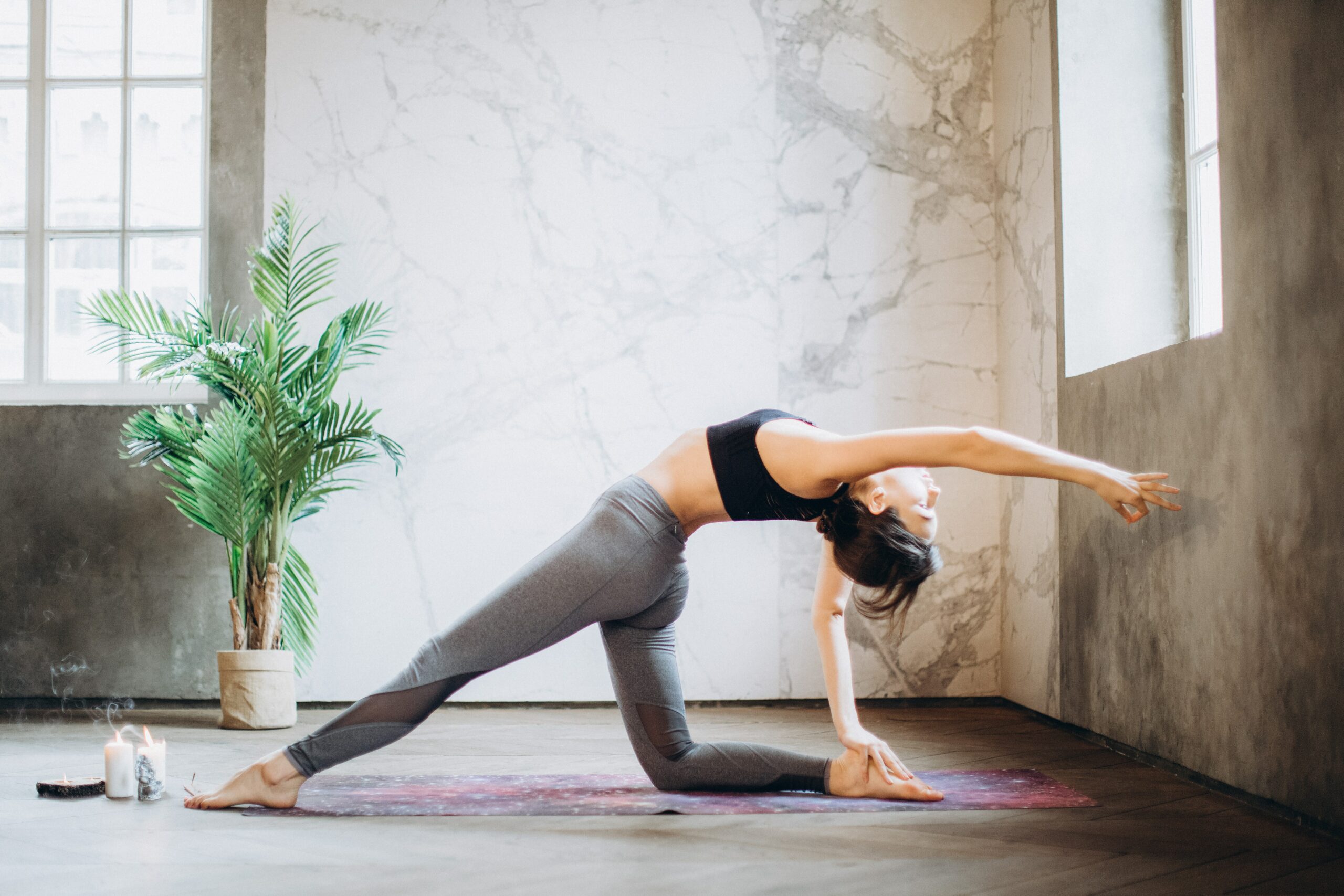Stretching can make exercise and everyday life a little more enjoyable for those who make time for it. Stretching, despite a lack of conclusive data, has several legitimate mental and physical advantages. It can be done at any point during the day, whether it’s before or after an exercise. It’s easy to overlook this as a part of your exercise routine. On the other hand, it has several advantages that may persuade you to include it in your regimen.
Stretching improves the quality of life daily:
You’ll be able to complete these quick exercises more quickly if you stretch to increase your flexibility first. Essential daily tasks, however, have been improved. It’s not simply your workouts that will benefit from increased flexibility. It can also help you live a more fulfilling life daily.
There are a lot of everyday jobs that require some degree of adaptability. In and out of a chair, in and out of a car, and snatching your infant from their arms. May reduce your chances of being injured if you regularly stretch. Your muscles, joints, and tendons benefit from dynamic stretching. You’ll also be able to move about more freely.
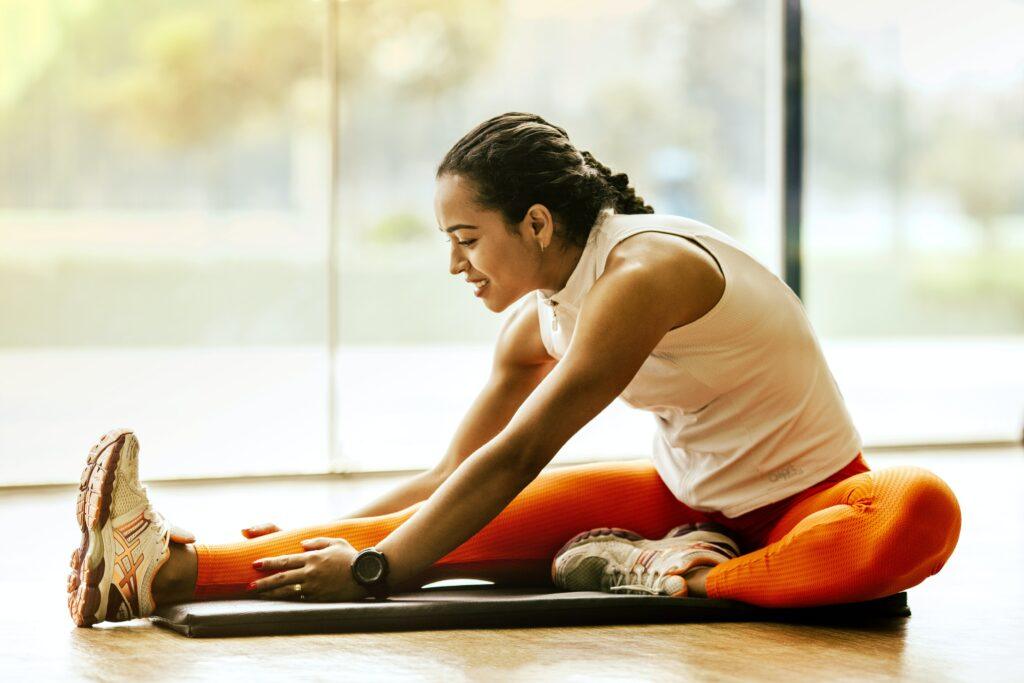
As a result of this, your workouts will be easier to do with the correct body alignment. Preparing for an exercise by warming up can help prevent injury. In addition to mild, brisk exercise, an effective warm-up should also include dynamic stretching.
Stretching after an activity is generally a good practice to prevent injuries:
It is more probable that you will go back to the workout if you do the mild stretches initially. That’s a good thing, and it’s something to consider. On the other hand, a few lights stretch at the end of your workout can help you feel better and more relaxed. Can improve flexibility by doing a few stretches. Both short-term and long-term, Stretching can improve your range of motion.
Your neural system may have developed a tolerance for a stretch position, resulting in short-term advantages. These benefits can be gone in a matter of hours or even a day. If you want to increase your range of motion, you must consistently stretch your muscles. Five or six days every week, depending on the season. When a joint is flexible, it means it can move in a variety of ways.
After a strenuous workout, stretching might help you relax:
It will assist drop your heart rate, regulate your breathing, and bring you out of a heightened condition more rapidly if you do so. Static Stretching and deep breathing might help you create a tranquil condition. After an exercise, it’s critical to give your body time to cool down completely before continuing with your day.
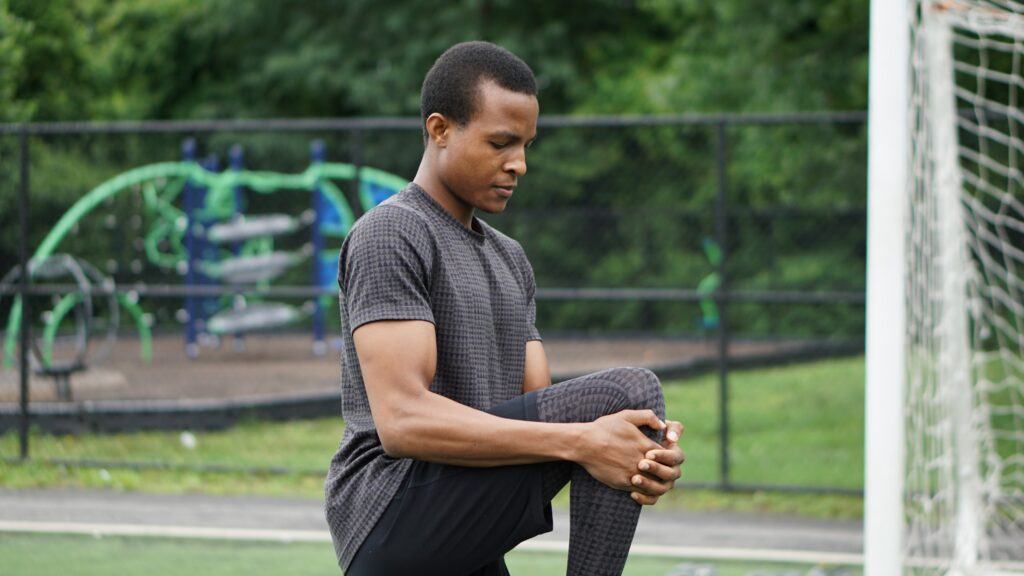
Stretching is a helpful tool for identifying physical imbalances:
Consider a lunging hip flexor stretch as an illustration. When it comes to Stretching, note how much deeper you can go on your right side than the one on your left. That mismatch would alert you to the fact that your hip openness is imbalanced. Running, squatting, and lunging are examples of workouts that put a lot of stress on the hips. With this information, you’ll be more aware of the importance of working your hips.
Your hips should be able to move freely through their complete range of motion throughout any workout using them. To counteract the imbalance, you may also wish to incorporate more unilateral exercises into your program. There are several benefits of stretching, such as spotting regions of over-tightness and over-stretching. It’s then possible for you to address any potential issues before they lead to an injury.
Taking a few deep breaths and stretching can help you relax:
The mental benefits of Stretching this way are undeniable. Combined with deep breathing, it can have a calming effect on the mind. Stretching, for many individuals, is just enjoyable. Things that make us happy, too. It doesn’t matter whether it’s a warm chocolate chip cookie, a nice bath, or a good old-fashioned stretch. can achieve stress reduction and a calmer state with the help of this treatment.
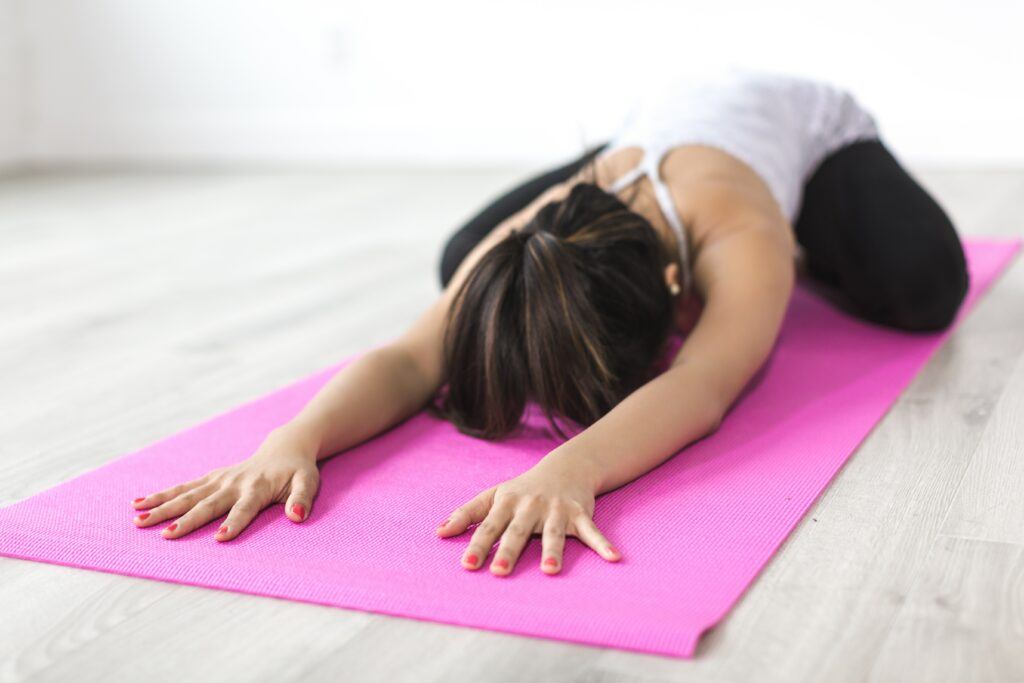
Stretching helps you get into the right mindset for a workout:
It’s easier to engage your hamstrings and glutes when you’re deadlifting with an excellent mind-muscle connection. It would be best if you weren’t lying on your stomach. Stretching dynamically can also assist in activating the mind-muscle link. The Mind-muscle link is the underlying principle. While working out, it is possible to increase the efficiency of your muscles.
Simply by focusing on the ones that are being activated while you move. When you stretch, you’re taking care of yourself. It’s not only a great way to relieve stress and connect with your body, but it also delivers a sense of freedom. This is a powerful reminder that you took the time to do something for yourself.
Concerning stretching, here are some helpful hints:
When you go the extra mile, it makes a difference: When it comes to dynamic and static stretching, the timing is different. If you undertake a pre-workout static stretch, it can harm your performance. Several studies have shown that it may harm strength, power, and explosiveness. Before a workout, you can keep it for your astonishing down or active recovery on your next day off. In contrast, dynamic stretches, as we previously stated, should be done before your workout.
Your stretches don’t have to last forever:
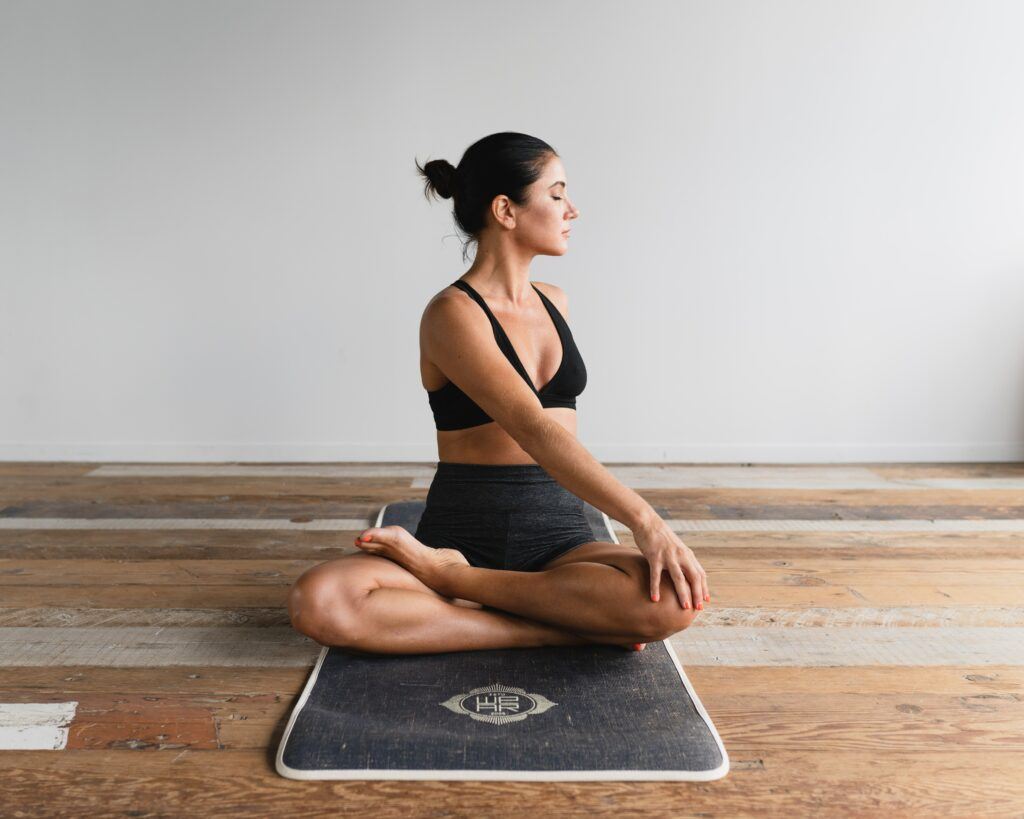
It won’t do any good to hold it for more than a minute, so don’t bother. You should hold this for at least 30 seconds to get a good sense of how the muscles are responding to you. After around 10 seconds, you should feel the contraction relax.
Specific workouts benefit more from certain stretches:
In the case of a run, for example, dynamic Stretching should be performed. Lower-body exercises include butt kicks, high knees, and lateral lunges, for example. After a workout, it’s essential to concentrate on the muscles that have just been worked out. Pre-workout stretches should emphasize dynamic stretches. Your workout will benefit from this because it activates the muscles you intend to use.


